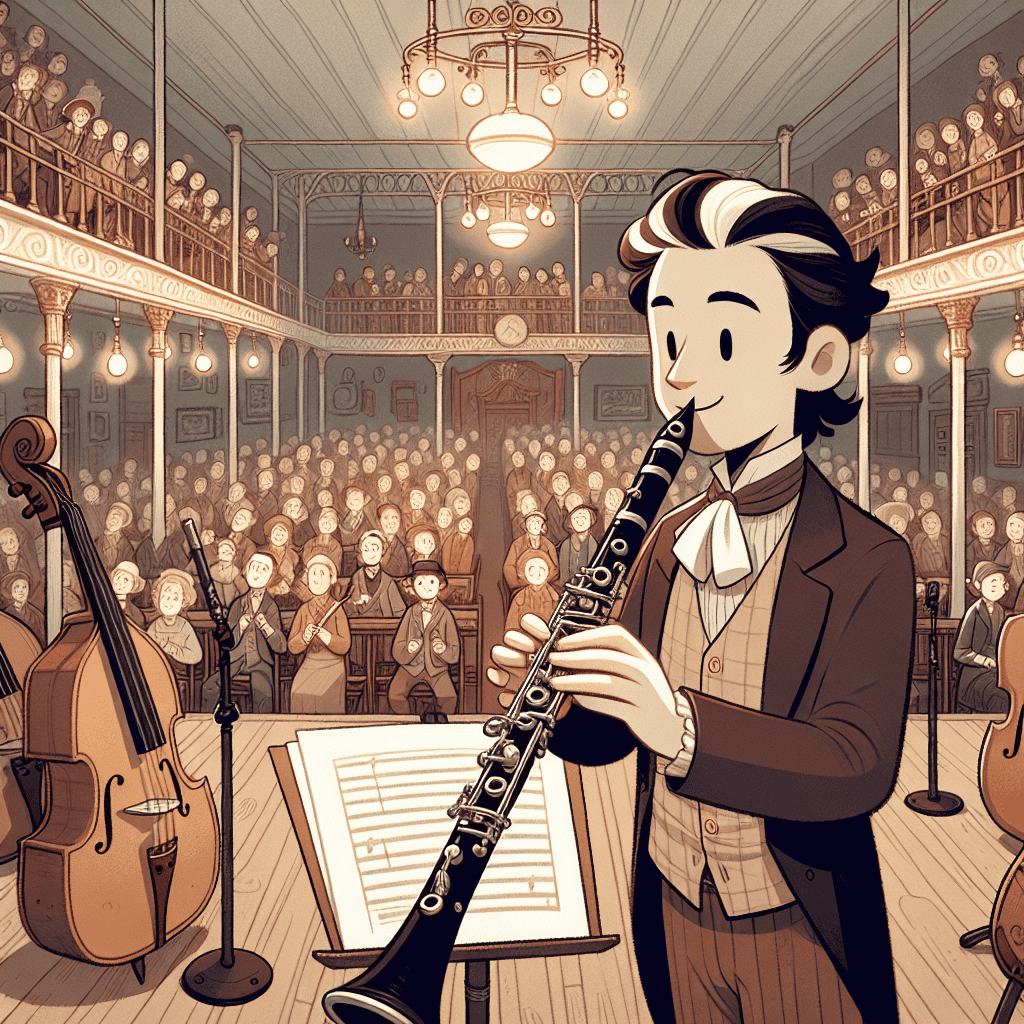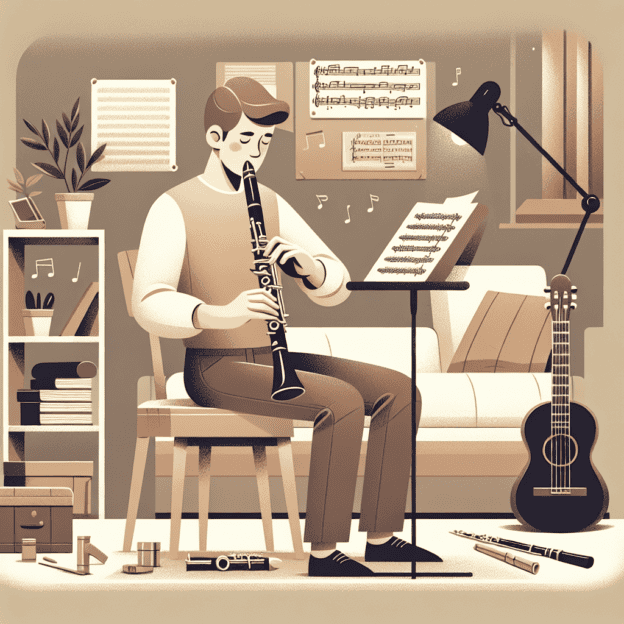Introduction to Learning the Clarinet
So you've decided to learn how to play the clarinet. Congrats—you're in for a melodious journey! Playing the clarinet can open up new worlds of musical expression, whether you're aiming to join a symphony or just play for fun. And brands like Martin Freres make the path much easier with their high-quality clarinets.
Choosing the Right Clarinet
First things first: choosing the right clarinet. Most beginners start with a B-flat clarinet, which is the standard type used in schools and bands. Make sure to choose a reputable brand like Martin Freres, which is known for producing reliable instruments that offer great sound quality and durability.
Assembling Your Clarinet
Next up is assembling your clarinet. Hold the instrument at the barrel and gently twist the upper joint and lower joint together. Attach the bell to the lower joint and then connect the mouthpiece to the barrel. Make sure everything's aligned correctly; the keys should be in a straight line.
Posture and Hand Positioning
Once your clarinet is assembled, it's time to look at your posture and hand positioning. Sit up straight and keep your feet flat on the floor. Grab the instrument with your left thumb under the thumb rest at the back and use your right thumb to hold the clarinet between the thumb rest and your mouthpiece. Your fingers should be gently rounded, covering the tone holes completely, but without pressing too hard.
| Hand | Position | Function |
|---|---|---|
| Left | Thumb under thumb rest | Support and balance |
| Right | Thumb between thumb rest and mouthpiece | Stability and control |
| Both | Fingers gently rounded | Cover tone holes completely |
Mastering the Embouchure
Now, let's talk about your embouchure—the way you position your mouth on the mouthpiece. Place about half of the clarinet's mouthpiece in your mouth and roll your bottom lip slightly over your lower teeth. Your top teeth should rest on the top of the mouthpiece. Firm up the corners of your mouth and create a seal around the mouthpiece. Your cheeks shouldn't puff out as you blow; instead, keep them firm to produce a supported, warm tone.
Getting the correct embouchure can be tricky, so don't get discouraged if you don't get it right away. Martin Freres clarinets are designed to be user-friendly, making it easier for beginners to achieve the right positioning.
Breath Control Techniques
Breath control is another important factor when learning how to play the clarinet. Use your diaphragm to support your air stream. Imagine pushing the air from your belly rather than your chest. Start with long, steady notes to practice controlling your breath; tunes like ‘Hot Cross Buns' are great for this.
The Importance of Scales
Mastering scales is a fundamental part of your clarinet education. Scales improve finger positioning, technique, and intonation. Practice scales slowly at first, making sure to play each note cleanly and evenly. As you get more confident, speed up gradually. Scales might seem monotonous, but they're essential for building a strong foundation.
Clarinet Maintenance
Don't forget to take care of your clarinet! After each session, clean your instrument using a swab to remove moisture and dirt. Regular maintenance not only prolongs the life of your clarinet but keeps it performing at its best. Martin Freres instruments come with care kits that include everything you need.
Exploring Different Musical Styles
As you advance, you'll encounter different kinds of music and styles. Whether it's classical pieces, jazz, or contemporary music, each style has its own nuances. Adapting your technique to fit the piece you're playing is crucial. For instance, jazz often requires a looser embouchure and lighter articulations compared to classical music.
Effective Practice Tips
One fun way to practice is by playing duets or joining a band. Playing with others not only makes practice more enjoyable but also helps you learn to blend your sound with other instruments. Plus, you get the awesome experience of creating music with friends!
When to Seek Help
If you find yourself struggling, don't hesitate to seek help. Private lessons or joining a music class can offer personalized advice and direction. Moreover, teachers can provide tips specific to your Martin Freres clarinet, ensuring you get the best sound and performance out of your instrument.
Embracing the Musical Journey
Finally, remember that learning an instrument is a journey. There are ups and downs, but also plenty of rewarding moments. Stay patient, practice regularly, and enjoy the process. Every time you pick up your clarinet, you're one step closer to making beautiful music.
Conclusion
So there you have it—an essential guide to get you started on your clarinet journey. Whether it's picking the right clarinet, mastering embouchure, or understanding musical styles, you've got the basics covered. And remember, the legacy and craftsmanship of Martin Freres clarinets will be a loyal companion throughout your musical voyage. Happy playing!
Table of Contents
- Introduction to Learning the Clarinet
- Choosing the Right Clarinet
- Assembling Your Clarinet
- Posture and Hand Positioning
- Mastering the Embouchure
- Breath Control Techniques
- The Importance of Scales
- Clarinet Maintenance
- Exploring Different Musical Styles
- Effective Practice Tips
- When to Seek Help
- Embracing the Musical Journey
- Conclusion







